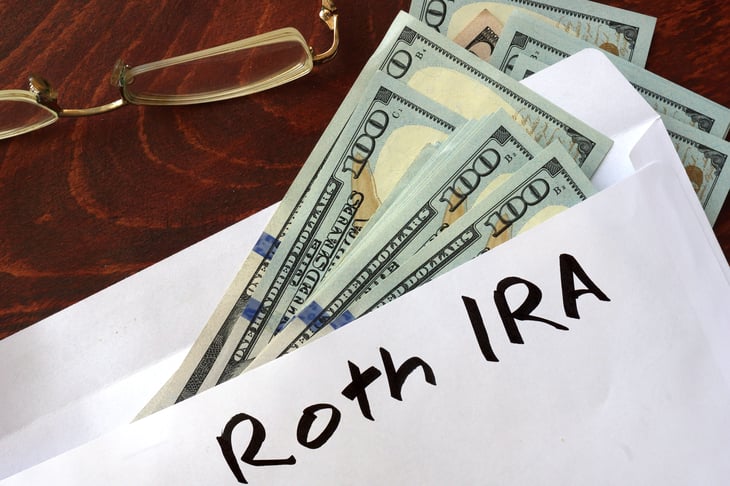
Americans appear to be getting a little wiser about saving for retirement.
Rather than frittering away money on unwise investments, workers recently have shown a shrewder understanding about where to put their hard-earned cash, a study by Vanguard Investments finds.
Vanguard’s “How America Saves 2023” report — which examines the retirement plan data from nearly 5 million plan participants — has revealed some surprising but welcome signs of improvement in terms of how people save for their golden years.
Following are some key ways Americans are getting smarter about saving for retirement.
1. We are saving more

Americans are putting more of their pay into their 401(k) plans. Vanguard says the average deferral rate in its plans was 7.4% in 2022, up from 7.0% in 2013.
To be sure, the gain is small. But it is inching in the right direction.
2. We are electing Roths more often

Like individual retirement accounts, 401(k)s come in two main varieties: Roth and traditional. Roth accounts offer tax advantages over traditional accounts, but historically, few 401(k) plans offered a Roth option.
That’s changing, though: 80% of Vanguard plans offered a Roth feature in 2022, up from 68% in 2017.
More plan participants are also electing a Roth 401(k) over a traditional 401(k). Among participants in plans with a Roth option, 17% chose the Roth, up from 11% in 2017.
3. We are using target-date funds more often

Target-date funds — which automatically shift your investment strategy from higher risk to lower risk as you near retirement — are a great “set it and forget it” approach to investing. And more 401(k) plan participants appear to be warming to the idea.
Nearly all Vanguard participants (96%) have access to target-date funds in their plan, and a whopping 83% of participants are using them, up from 79% in 2017. In fact, 71% of participants who invest in these funds have their entire account in a single target-date fund.
4. We are doing less participant trading

Timing the market — trying to guess ourselves where it’s headed, and buying and selling based on those hunches — is a fool’s errand. A growing percentage of plan participants appear to recognize the folly of this tactic.
Vanguard says it has seen a decline in participant trading over the past decade, a trend that the firm attributes to the increased use of target-date funds.
In 2022, despite market volatility, only 6% of plan participants traded in their retirement accounts, down from 10% in 2020.
5. We are improving our asset allocation

The right asset mix is key to long-term success in building wealth. Fortunately, Vanguard says this mix “has improved dramatically” among plan participants during the past 15 years.
In 2022, 79% of participants had a balanced strategy, which included more equities like stocks and bonds and less company stock. That compares with 39% of participants in 2005.
6. We are holding lower amounts of our own employer’s stock

Using your 401(k) plan as a place to hold large amounts of your employer’s stock is generally thought to be an unwise strategy. Does anyone remember Enron’s 2001 collapse?
Fortunately, Americans are shifting away from such investing. Among plans that offer company stock, the percentage of participants holding more than 20% of their account balance in company stock has tumbled from 18% in 2005 to 3% in 2022.
7. We are using automatic investing programs

The adoption of automatic enrollment — when new employees are automatically enrolled in their workplace retirement plan — has more than tripled since the end of 2007. And that effort appears to be paying big dividends. Plans that feature automatic enrollment have a 93% participation rate, compared with 70% for plans with voluntary enrollment.
Automatic enrollment defaults — the initial savings rates for workers automatically enrolled in a plan — also have increased over the past decade. In 2022, 59% of plans defaulted workers to a deferral rate of 4% or higher. That’s up from 35% in 2013.





Add a Comment
Our Policy: We welcome relevant and respectful comments in order to foster healthy and informative discussions. All other comments may be removed. Comments with links are automatically held for moderation.